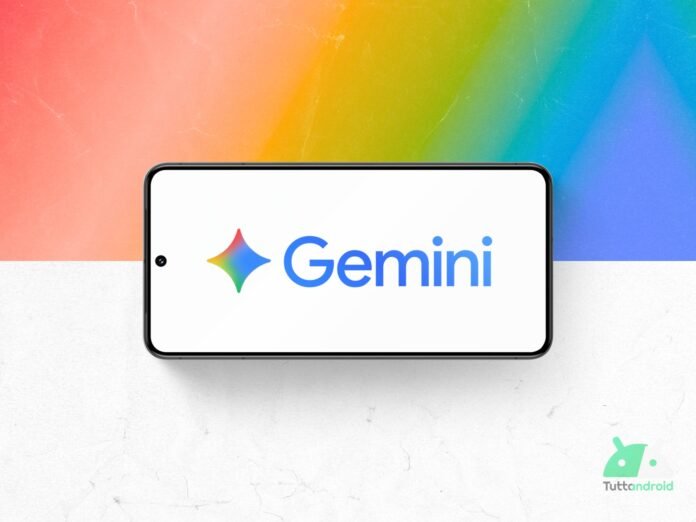In the past few months, Google introduced inside Gemini a new AI image generator called Nana Banana. Anyone who has tried this image editor even just once has certainly wondered why the Mountain View giant had chosen such a particular name and, as often happens, the reasons behind this choice are the result of a mix of chance and irony.
Google has finally revealed the mystery and explained how the name was chosen Dwarf Banana. It all started thanks to a Product Manager named Nina who, at two thirty in the morning and in the midst of the development phase of the new image generator, had to anonymously upload the model to the LM Arena website, a platform that allows users to test these new models before their official release.
To insert the model into the platform, a temporary name was required, in order to maintain the anonymity of the project, and the first thing that came to mind to the Product Manager of Google that’s the name of Dwarf Banana. That name, created to stay online for a few hours, is immediate went viralto the point that users started using it everywhere, generating memes on the web: at that point the Mountain View giant decided to seize the opportunity and make Dwarf Banana the official name of the image generator template of Gemini.
Nano Banana’s real name is certainly less impactful
This nice curiosity was told by David Sharon, product manager, in the latest episode of the podcast Made by Google. David explained that the real name of Dwarf Banana it is in reality Gemini 2.5 Flash Imagebut now no one inside Google he calls it that. The team also decided to go further by disseminating banana icons within the app Gemini (and not only) to indicate all the sections in which the model is active, thus transforming what began as an inside joke into a symbol of recognition.
Aside from the funny name, however, David explained that there are also other reasons why they made it Dwarf Banana so widespread globally. The true strength of ‘s new image generator Google it’s definitely the ability to faithfully recreate human faceswithout changing their characteristics and making them immediately recognisable. Images created with Dwarf Banana they immediately went viral on many platforms for this very reason: according to David they manage to seem personal, almost intimate and not created with artificial intelligence.
Since Dwarf Banana is available within the app Geminithere have been many trends that have gone viral on the web. From the 90-word “figurine” prompt originated in Thailand to Polaroid style collage and the restoration of old family photos shared on platforms such as TikTok, the use of the model has now spread throughout the world.
During the podcast David further explained that Google has not forgotten the security issue, since each image generated with Dwarf Banana includes a visible watermark and an invisible SynthID mark, which allows you to immediately recognize that it is a file produced with artificial intelligence. The last piece of advice left during the podcast, dedicated to those who try Dwarf Banana for the first time, is to start with simple commands, taking advantage of the ready-made templates to match with your photos.
If you are interested in listening to the podcast (in English), you can view the full episode directly on YouTube below.

